Your Child Will Learn
Use basic geographic knowledge and tools to create a map
Here’s What to Do
- Visit a closeby nature trail where your child can navigate pathways and experience sightings of different animals, plants, flowers, trees, insects, bodies of water, and landforms
- While walking along the trail, ask your child to say their observations and discoveries
- When you return home, give your child paper and crayons to create a map of the trail based on what they saw and experienced
- Support your child with drawing a marked path, compass, legend, and symbols (be sure to explain these parts of a map)
Put PEER Into Action
PAUSE
- Breathe in the fresh air and stretch your bodies for this walk!
ENGAGE
- View signs with your child before while embarking on the trail and ask questions like “where is our starting point”, “where will we end”, “let’s look for [native animals, plants, flowers, trees, insects, bodies of water, and landforms] while on the trail”
- Allow your child to choose the direction when you approach splits in the path
ENCOURAGE
- When your child notices something of interest, ask them if they have seen it before and where
- Show your child an example of a trail map with a clearly marked path, compass, legend, and symbols
REFLECT
- Ask your child to present and explain their map to you
Not Quite Ready
If the trail has a map, look at it together before your adventure begins and afterwards
Ready for More
Check out non-fiction children’s books about different types of maps
As Your Child Masters This Skill
They will be able to create simple maps from working memory
Time to Complete
15-30 minutes
Materials Needed
Paper, crayons, pencils
